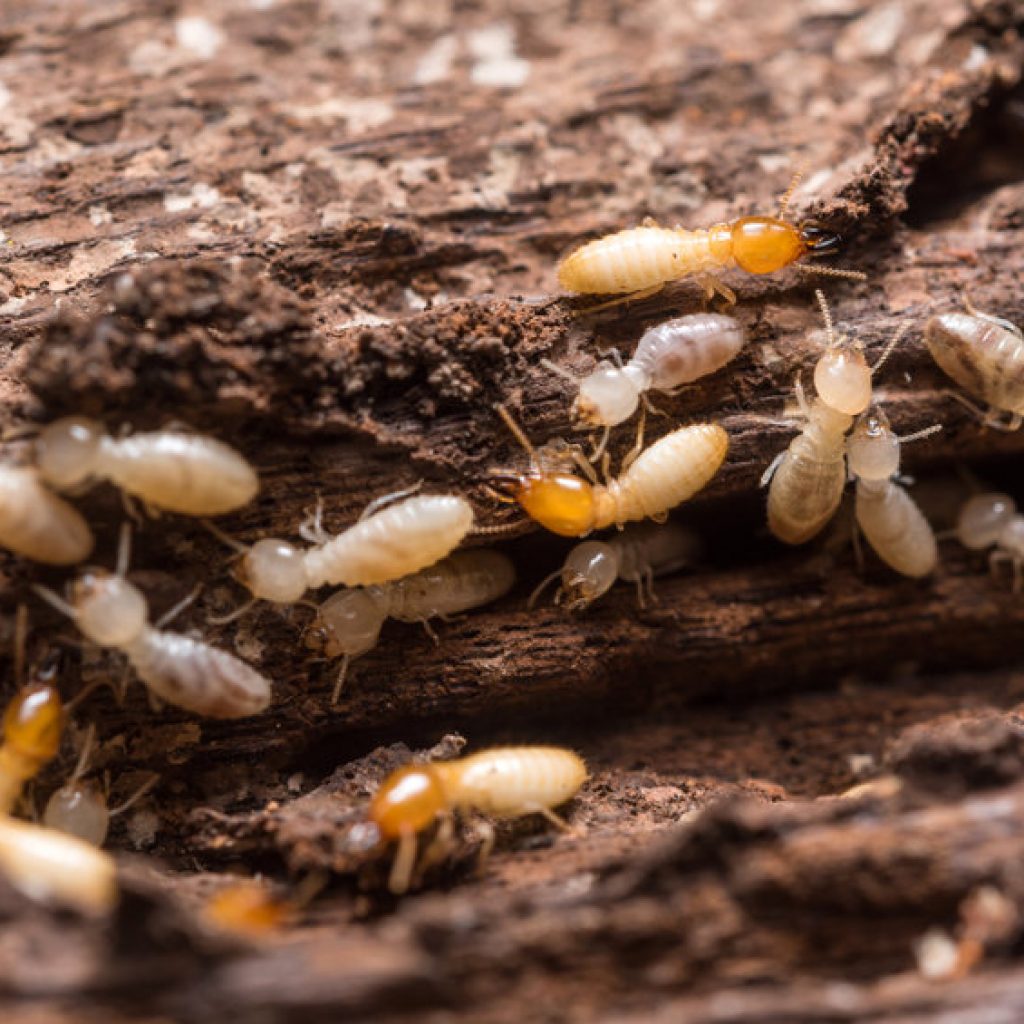Termites are a common problem in Connecticut, and it is important to take the necessary steps to protect your home from these destructive pests. In this article, we will discuss the various methods of termite control and how to protect your home from termites in Connecticut.
Types of Termites in Connecticut
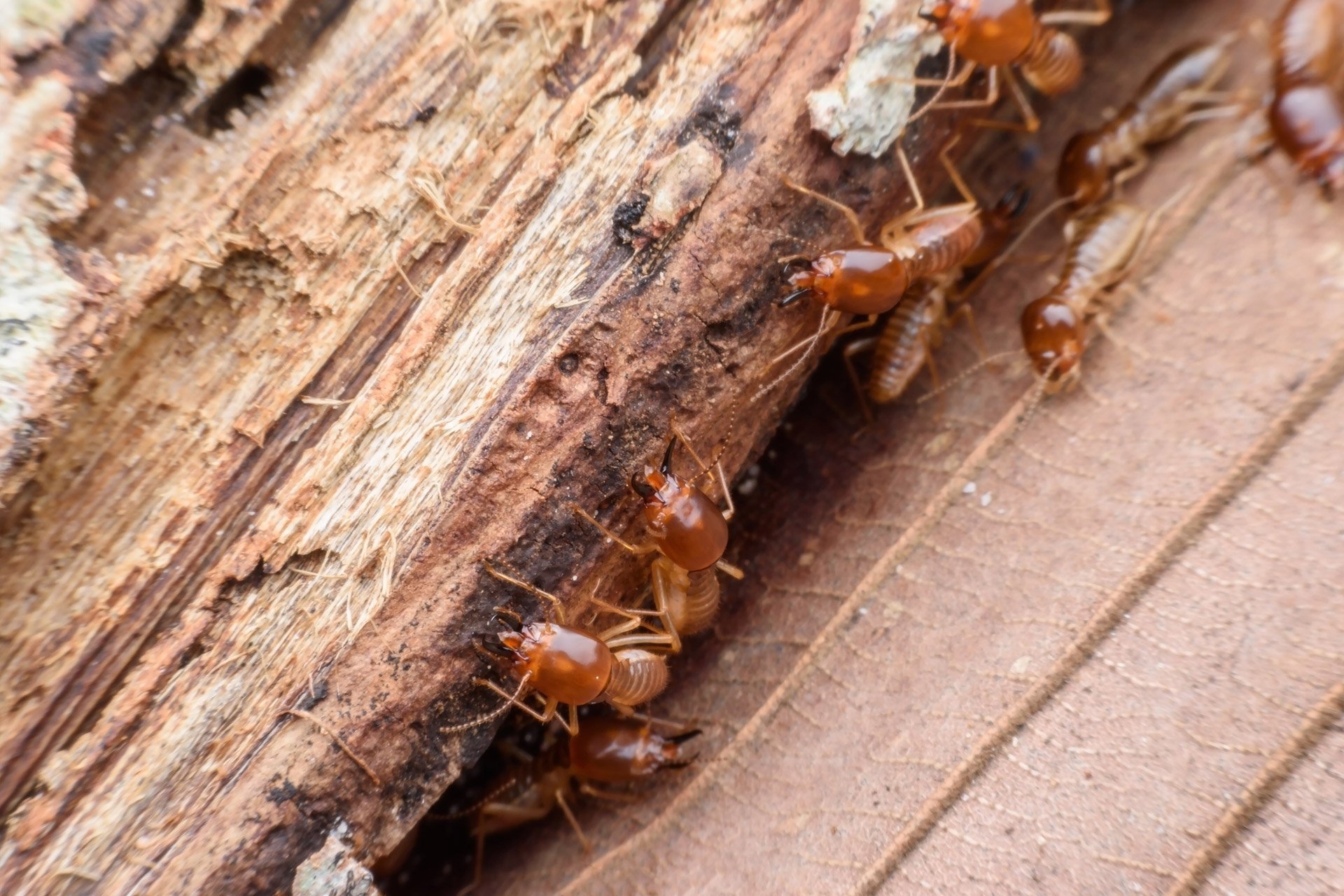
| Termite Species | Description |
|---|---|
| Eastern Subterranean | The most common termite species in Connecticut. It has a light brown body and a darker head. It builds mud tubes to travel between its nest and the food source. |
| Formosan Subterranean | An invasive species that is found in Connecticut. It is larger than the eastern subterranean termite and has a yellowish-brown body with a darker head. |
| Dampwood | A species found in Connecticut that is attracted to damp or decaying wood. It has a light brown body and a darker head. |
| Drywood | A species found in Connecticut that prefers dry wood. It has a light brown body and a darker head. |
Signs of Termites in Connecticut
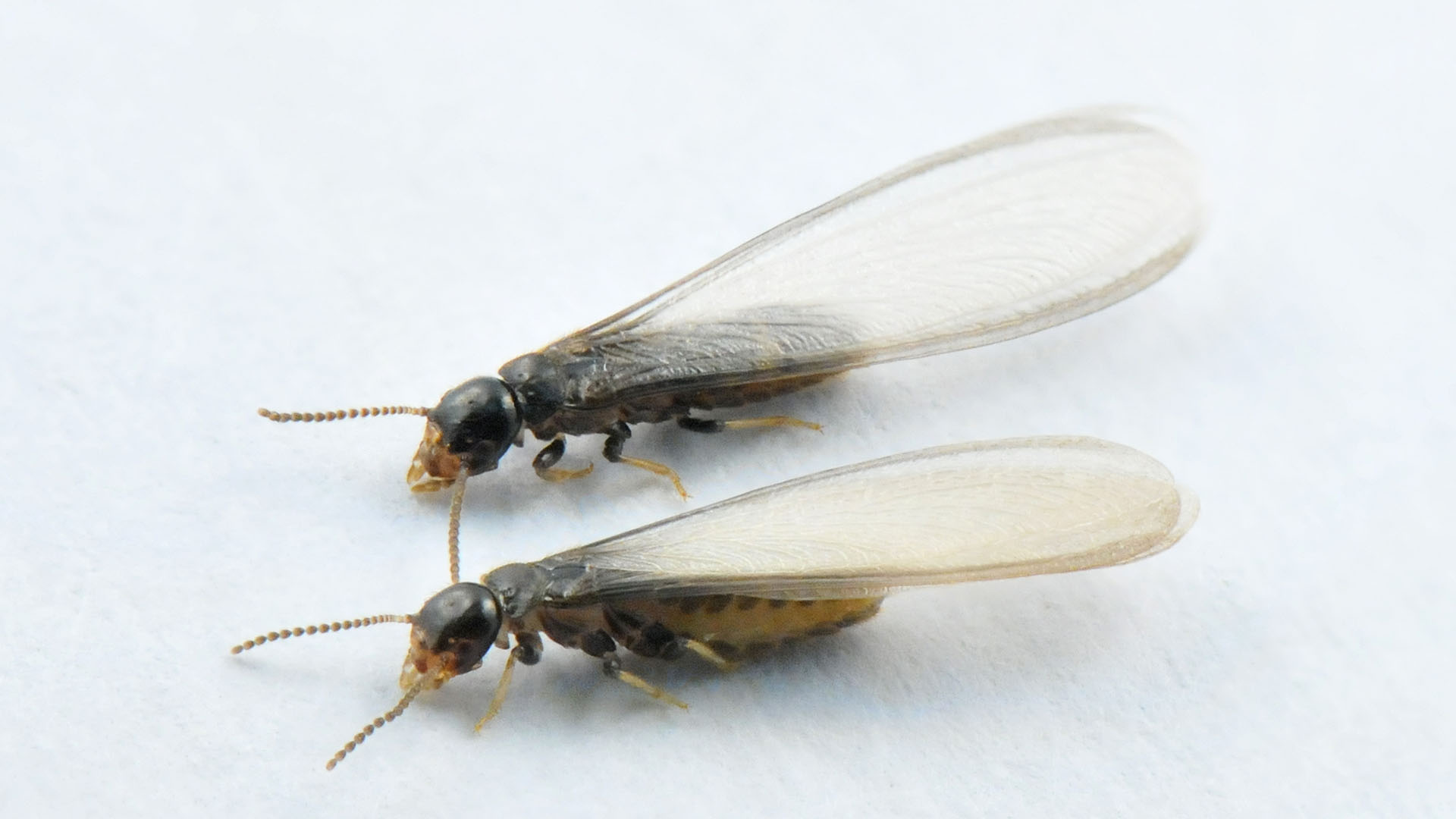
| Sign | Description |
|---|---|
| Mud Tubes | Brown or grey tubes of mud on the walls or foundations of the structure. |
| Swarms | Winged termites flying around inside or outside the structure. |
| Discarded Wings | Piles of wings in corners or near windows and doors. |
| Wood Damage | Paint that is bubbling, wood that is soft, wood that sounds hollow when tapped. |
| Discolored Wood | Wood that is discolored, warped, or buckled. |
Termites are a destructive pest that can cause significant damage to structures. Signs of termites in Connecticut can be seen in the form of mud tubes, swarms, discarded wings, wood damage, and discolored wood. Mud tubes are brown or grey tubes of mud that are found on the walls or foundations of a structure. Swarms are winged termites that are found flying around inside or outside the structure. Discarded wings can be seen in piles near windows and doors. Wood damage can be seen in paint that is bubbling, wood that is soft, or wood that sounds hollow when tapped. Discolored wood can also indicate termites, and includes wood that is discolored, warped, or buckled. If any of these signs are present, it is important to call a professional for an inspection.
Prevention of Termites in Connecticut
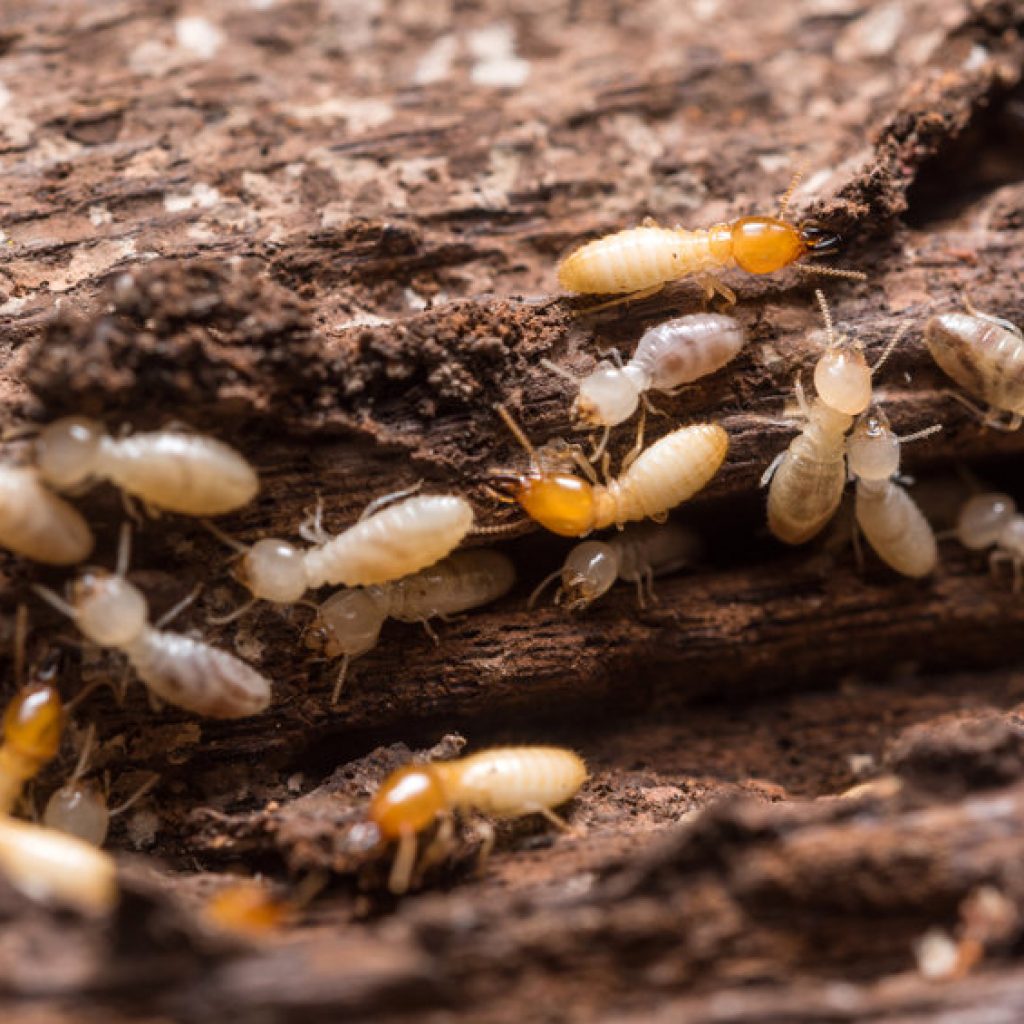
- Inspect the foundation of the house for visible signs of termites.
- Inspect any wood-to-soil contact areas.
- Inspect any wood near sources of moisture, such as air conditioners, water heaters, and plumbing.
- Remove any wood debris, such as stumps and logs, from around the home.
- Make sure that the soil is graded away from the foundation of the house.
- Caulk any cracks or crevices in the foundation of the house.
- Keep gutters and downspouts clear of debris.
- Repair any water leaks inside and outside of the home.
- Make sure that there is adequate ventilation in crawlspaces and attics.
- Install a termite barrier around the foundation of the house.
- Trim back any vegetation that is in contact with the house.
- Have a professional inspect the house for termites annually.
Treatment of Termites in Connecticut
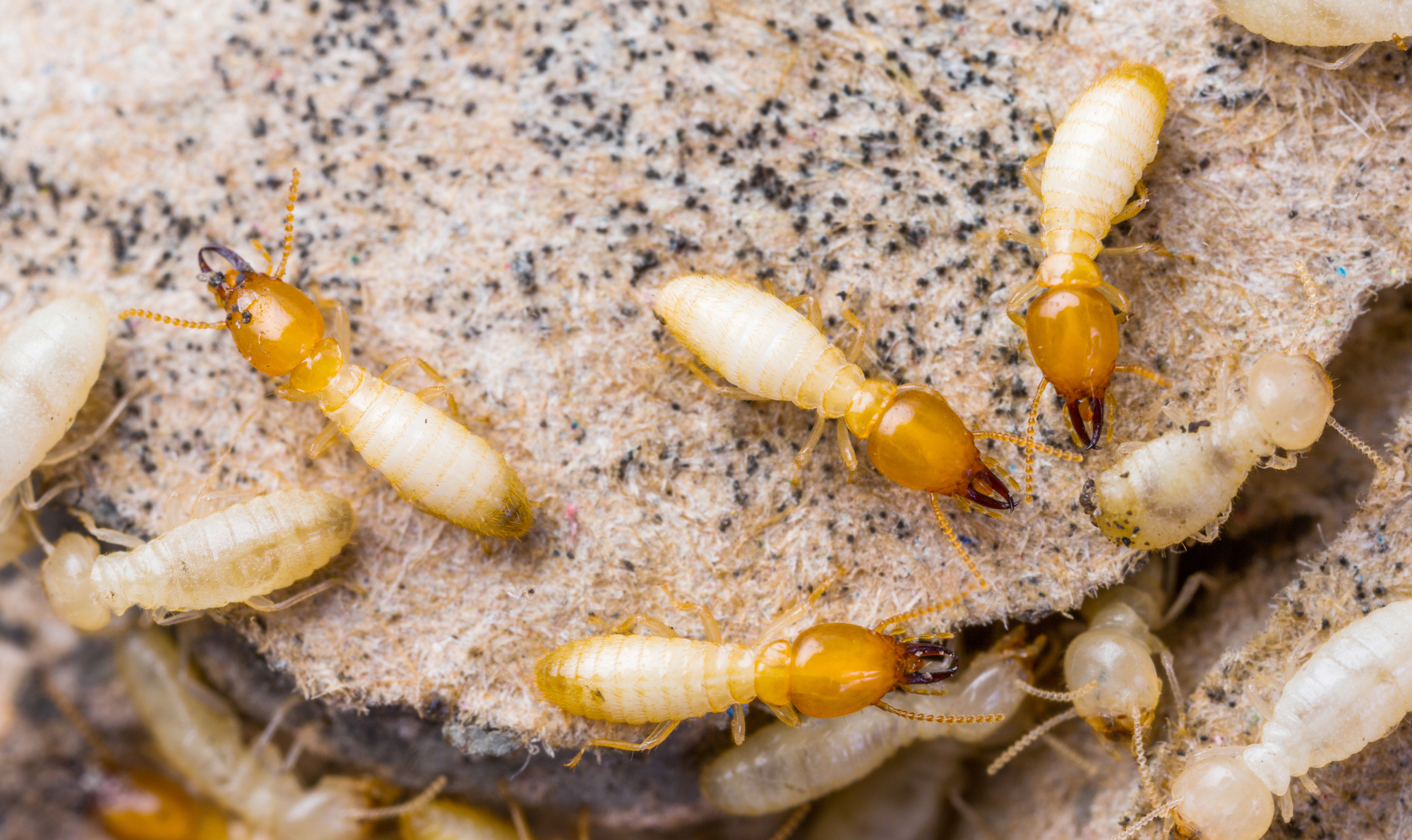
Treatment of termite infestations in Connecticut begins with a thorough inspection of the property. Specifically, the inspector looks for the presence of termite mud tubes and/or other evidence of a termite infestation. If the inspector finds evidence of an active infestation, then a treatment plan is recommended.
There are three main types of treatments for termites in Connecticut: liquid termiticides, baiting systems, and fumigation. Liquid termiticides are an effective form of treatment, but require a thorough application, as any gaps in coverage can allow termites to escape the treatment. Baiting systems are an attractive alternative to liquid termiticides, as they are applied in a much simpler manner and can be monitored for effectiveness. Fumigation is the most extreme form of termite control, and is reserved for the most severe infestations.
In Connecticut, all termite treatments must be performed by a licensed pest control operator. These operators are required to follow strict safety protocols, as most treatments involve the use of hazardous chemicals. Additionally, it is important to note that termite treatments may not be effective against all species of termites, so it is important to determine the species of termite present before selecting a treatment.
Once the treatment has been completed, the homeowner should take steps to prevent future infestations. This includes removing potential food sources, such as wood piles, and repairing any sources of moisture, such as leaking pipes. Additionally, the homeowner should schedule regular inspections of the property to ensure that the termite infestation remains under control.
By following these steps, homeowners can effectively treat and prevent termite infestations in Connecticut.
Cost of Termite Control in Connecticut
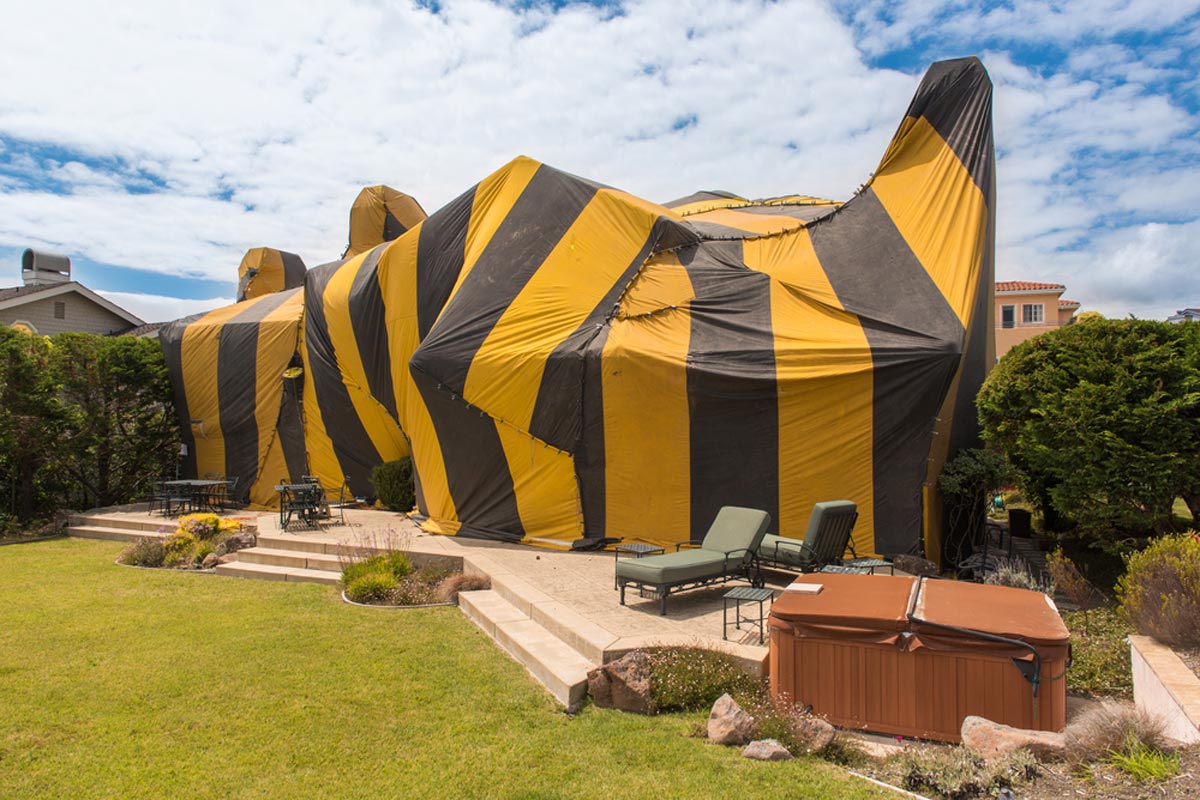
The cost of termite control in Connecticut may vary depending on the type of termite, the size of the infestation, and the location of the property. Generally, a professional inspection and treatment will cost between $500 and $1,000, while a full-service termite treatment will cost anywhere from $1,500 to $2,500. For larger properties and more severe infestations, the cost can range up to $4,000 or more depending on the treatment plan. Homeowners should contact a professional exterminator for an accurate quote. In addition to the cost of extermination, homeowners should also budget for any necessary repairs to their home.
Termite Control Companies in Connecticut
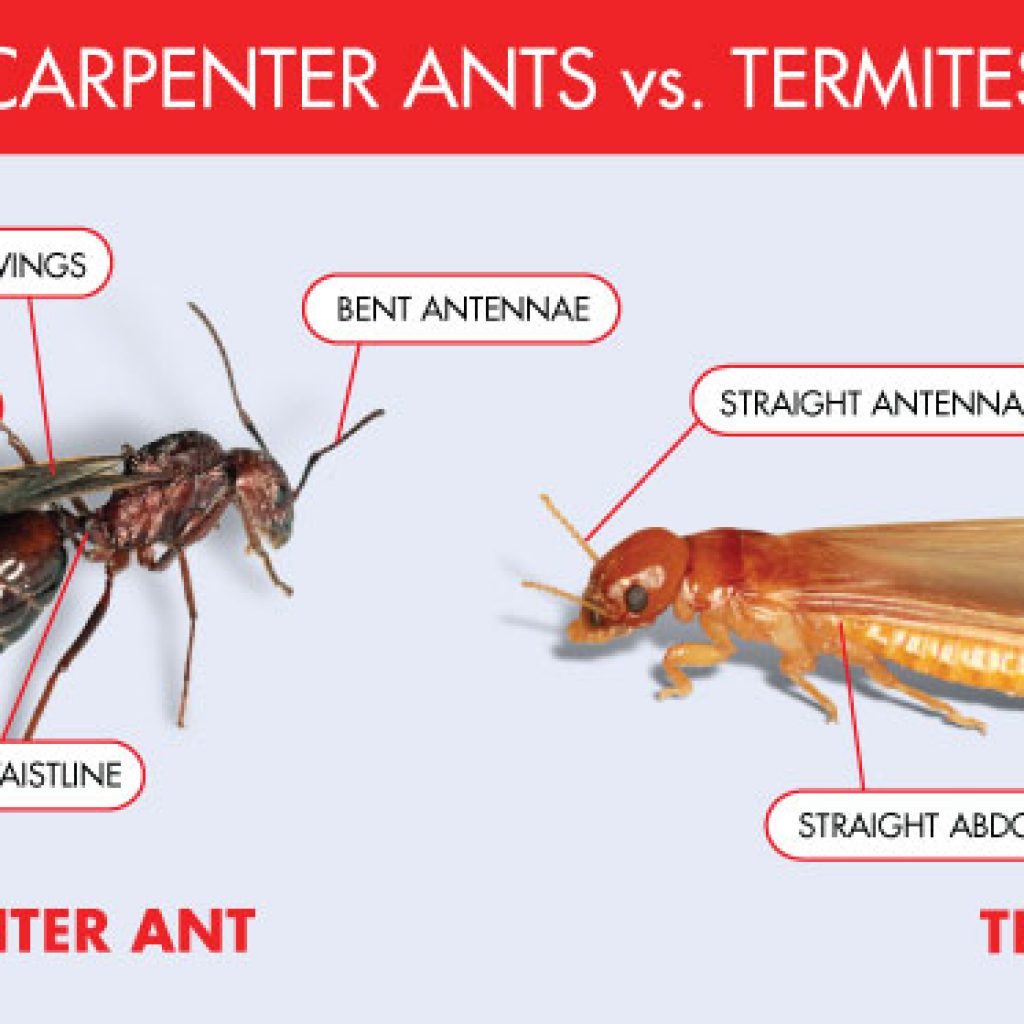
Connecticut is home to several species of termites and the state is vulnerable to infestations. To protect homes and businesses from termite damage, it is important to hire a professional pest control company. The following are some of the top termite control companies in Connecticut.
Terminix is a nationwide pest control company with a branch in Connecticut. They offer termite inspections and treatments for both residential and commercial properties. Terminix also offers preventative treatments to help keep termites away.
All-State Pest Control, Inc. is a family-owned business that provides termite control services in both residential and commercial settings. They offer preventative treatments, as well as liquid and bait treatments to control and eliminate termite infestations.
CT Pest Solutions is a locally owned and operated pest control company in Connecticut. They provide termite inspections, treatments, and preventative services. CT Pest Solutions uses the latest technologies and products to help keep homes and businesses termite-free.
Rid-A-Pest is a full-service pest control company with offices in Connecticut. They provide termite inspections, treatments, and preventative services, as well as wood repairs and wood replacement.
Eco-Pest Control, LLC is a locally owned and operated termite control company in Connecticut. They specialize in eco-friendly pest control solutions, including termite treatments and preventative services. Eco-Pest Control also offers wood repairs and wood replacement for homes and businesses affected by termite damage.
These are just some of the top termite control companies in Connecticut. When choosing a termite control company, it is important to research their experience and credentials, as well as their customer reviews.
Do-it-Yourself Termite Control in Connecticut
When it comes to termite control in Connecticut, many homeowners opt for a do-it-yourself approach. This can be done in a variety of ways, from using traps and baits to applying insecticides.
Traps and baits can be effective in trapping and killing both subterranean and drywood termites. Baits are placed in the soil around the home and can be made from wood, cardboard, or other materials. The baits attract the termites and feed them with a slow-acting insecticide. Traps can also be used to catch and kill termites.
Insecticides can be used to treat the soil around the home. These insecticides are typically applied to the soil in a liquid or powder form and can be found at most home improvement stores. These insecticides can be effective against both subterranean and drywood termites.
Homeowners can also use physical barriers to prevent termites from entering the home. These barriers can be constructed from various materials, including metal, plastic, and concrete.
Other preventative measures can include sealing off any cracks and crevices in the home and eliminating any sources of water that may attract termites. Removing any wood debris from around the home can also help reduce the chances of a termite infestation.
Finally, homeowners should also inspect their home regularly for signs of termites. If any signs of termites are found, contact a professional pest control company for further evaluation and treatment.
Legal Requirements for Termite Control in Connecticut
- A pest control professional must be licensed by the Connecticut Department of Energy and Environmental Protection (DEEP) to provide termite control services.
- The pest control professional must provide evidence of active liability insurance.
- Any pesticide application must be done according to the label instructions provided by the manufacturer.
- The pest control professional must provide the customer with a copy of the product label before the pesticide is applied.
- The pest control professional must provide a written report of the work done and a copy of the label to the customer.
- The pest control professional must provide the customer with a copy of the DEEP Pesticide Control Regulations.
- The pest control professional must provide the customer with a copy of the DEEP Pesticide Control Notification Form.
- The pest control professional must provide the customer with a copy of the DEEP Pesticide Control Application Report.
- The pest control professional must provide the customer with a copy of the DEEP Pesticide Control Service Agreement.
- The pest control professional must provide the customer with a copy of the DEEP Pesticide Control Re-entry/Re-application Notice.
- The pest control professional must provide the customer with a copy of the DEEP Pesticide Control Certification of Compliance.
Frequently Asked Questions
Are Termites a Problem in Connecticut?
Yes, termites are a problem in Connecticut. The most common species of termites in the state are the Eastern Subterranean and the Drywood Termites. Both species cause significant structural damage to homes and buildings and can be difficult to detect and eliminate. The best way to prevent a termite infestation is to take preventive measures, such as regular inspections and proper maintenance of the home.
What are the signs of termite infestation in Connecticut?
Termite infestations in Connecticut can be identified by several signs, including mud tubes, droppings, damaged wood, and winged termites. Mud tubes are usually seen near the foundation of buildings and are created by termites to travel between their colony and the food source. Droppings, also known as frass, will appear as tiny pellets and can be found near the infestation. Damaged wood is another telltale sign of termite infestation, as termites will eat through wood and leave behind a hollowed out appearance. Winged termites, or swarmers, may also be visible near windowsills and doors, and are a sign of an active infestation.
What are the best methods for preventing termites in Connecticut?
The best methods for preventing termite infestations in Connecticut include regularly inspecting the home for signs of termite activity, sealing any cracks or gaps in the foundation or walls, eliminating wood to ground contact, and treating the soil with termite-preventive products. Additionally, keeping the area around the home free of debris, regularly inspecting and repairing any water damage, and keeping mulch away from the foundation can help to deter termites.
How can I tell if my Connecticut home is infested with termites?
Suspecting a termite infestation in your Connecticut home can be worrying. To check if your home is infested, look for signs of termite activity such as mud tubes, wood damage, wings, and fecal pellets. Mud tubes are small pathways that termites use to travel and transport food. Wood damage is a common sign of termite activity and can include hollowed walls and floors, buckling paint, and sagging ceilings. When termites swarm, they leave behind wings, which can be found near windows and door frames. Finally, fecal pellets are small, six-sided droppings that can be found near termite activity. If you find any of these signs, contact a pest control professional for further inspection.
What kind of damage can termites cause in Connecticut homes?
Termites can cause extensive damage to wooden structures, including walls, ceilings, floors, and furniture. They can also damage insulation, drywall, and electrical wiring. In addition, they may cause structural damage to the home’s foundation, resulting in costly repairs. Termites can also contaminate food, leaving it unsafe for consumption.
Conclusion
When it comes to termite protection in Connecticut, knowledge is key. Regular inspections are the best way to keep your home safe from termites. If termites are discovered, consult a professional exterminator to evaluate the situation and determine the best course of action. There are a range of treatments available, from chemical treatments to baiting systems, that can provide effective termite control. By taking the necessary steps to protect your home from termites, you can ensure the safety of your family and your home.

